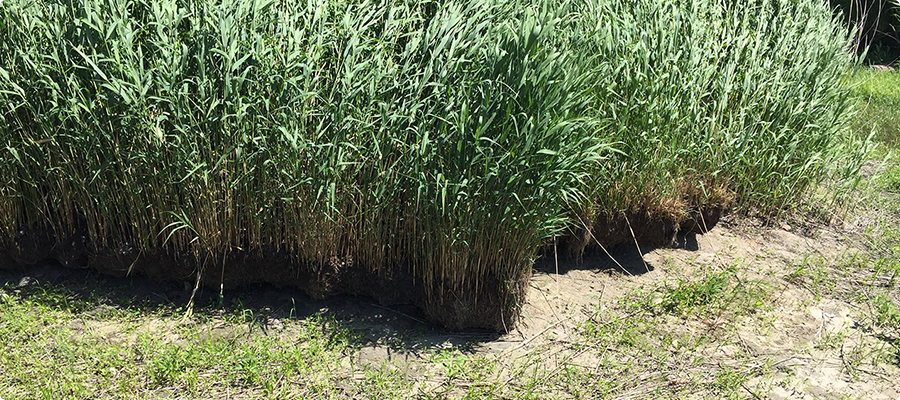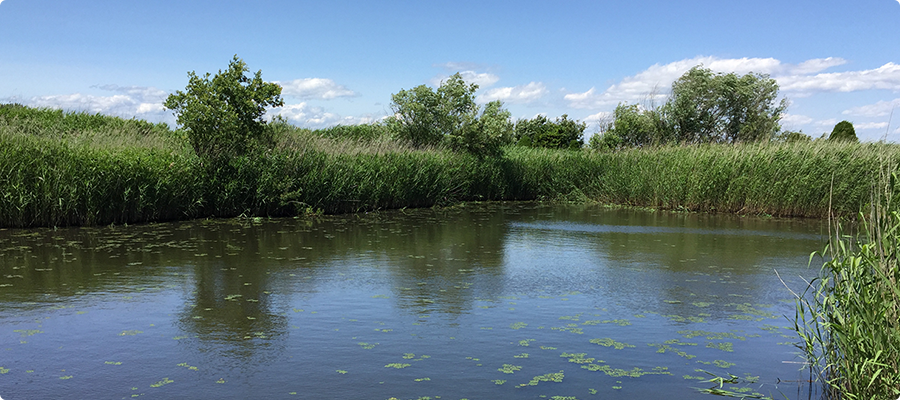A Century-long Ex-post Evaluation of a Countermeasure for a Serious Pollution Problem in Japan
Guangwei Huang 1,*, Yiqi Fu 1, Han Xue 1 and Huibin Li 2
- Graduate School of Global Environmental Studies, Sophia University, Tokyo 102-8554,Japan; y-fu-wl5@eagle.sophia.ac.jp (Y.F.); xuehan@sophia.ac.jp (H.X.)
- Systems Engineering Consultants Co., Ltd., Tokyo 158-0097, Japan; li@sec.co.jp
Correspondence: huanggwx@sophia.ac.jp; Tel.: +81-3-3238-4667
Abstract
Current environmental literature provides insufficient information and analysis on how today’senvironmental state was shaped by countermeasures to pollution taken in the last century, which could becharacterized as a century of environmental degradation. Such a look back is crucial to better understandand predict howpolicy and countermeasure choices today may shape the world in the future. Following this line ofreasoning, the present work conducted a post audit on the long-term consequence of a countermeasure against a majorheavy metal pollution case caused by the operation of the Ashio Copper Mine in Japan. It examined thisissuefrom both environmental and societal perspectives by document analysis, field investigation on the heavymetal concentration in the soils of a heavy mental catchment area and questionnaire survey on the publicknowledge with regard to the copper mining contamination case as well. It shed new light on howenvironmentmay evolve via the interaction with human activities by identifying drivers behind major changes. It alsorevealed a gap between the reality and the public perception towards the consequence of the coppercontamination. Such insights will deepen the discussion on what is sustainability and motivate furtherstudyto pursue sustainable development.
“Wise Use” in Watarase-yusuichi Creating New Value through the Integration of Stakeholders
Mikiko Sugiura
Abstract
Watarease-yusuichi, a man-made retarding basin, which has functioned as a flood control for about 100 years, entered a new phase in 2012 as a registered site under the Ramsar Convention. Through diversification of wetland use, despite the complexity of the root of the Convention’s “wise use,” Watarase-yusuichi represents a unique perspective on sustainable development so that wetlands can continue creating new value for human society. The emerging ecological function as the habitat for endangered fauna and flora exemplifies not only the universal paradigm shift in human involvement in the wetland’s use, but also the importance of the integration of stakeholders regarding the issues of wetland management as IRBM (the Integrated River Basin Management), which gives us more holistic perspective on a participatory and comprehensive approach to planning and management. Regarding the integration of stakeholders, despite the significant differences in original ideas on wetland management, it should be noted that five major types of stakeholders, including the local and scholarly communities, collaborated to device a future plan for Watarase-yusuichi through lengthy discussions. The several challenges remain in terms of “wise use” even after the successful designation under the Ramsar Convention. One of the difficulties is how to share a common goal or incentive among groups with different interests. Taking the advantage of wetland’s characteristics distinguished from other water-related facilities such as a multi-purpose dam reservoir, regular and innovative action should be taken, such as information dispatch from individuals.
Research report by Soil and Microbial Team
The area around the Watarase Retarding Basin was once damaged by heavy metal run-off from the Ashio Copper Mine. It is reported that the heavy metal pollution has had a great impact on the natural environment and living things in the area. In recent years, the situation regarding heavy metal pollution has been dramatically improved by the activities of the government and volunteers. In 2012, the Watarase Retarding Basin was registered as a Ramsar Convention Wetland.However, we found that in the soil surrounding the Watarase Retarding Basin, heavy metals can still be detected, although they are below the standard value. More detailed understanding of the current situation and further purification are required.
Efforts to purify water by using reeds

A water purification system using reeds is applied at the Watarase Retarding Basin. Reeds are used as phytoremediation due to their high ability to absorb and accumulate pollutants, as well as their high tolerance to heavy metals, which is considered to be suitable for environmental purification. It will lead to the establishment of methods for more effective water purification if we elucidate the mechanism that controls the response of reeds to heavy metals.
In addition, it will be possible to use reeds as a tool for environmental assessment of wetland pollution both inside and outside of Japan if the parameters that clearly react to heavy metals are specified.
Analysis of bacterial flora in soil and water

It may become a standard for diagnosing soil environment in the future if we can find bacteria characteristic of soils with heavy metal contamination. Furthermore, since the mold odor is a serious problem in the Watarase Retarding Basin, we will examine what kind of bacteria causes this odor and use microorganisms as a method of environmental assessment.



